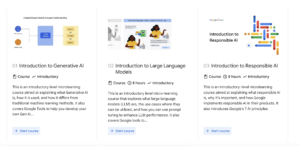Many standard interview processes rely on outdated behavioral questions like “What are your greatest strengths and weaknesses?” to evaluate prospective hires. But more often than not, these types of questions fail to reveal useful information about a candidate’s competencies. A better approach is to immerse job candidates in unconventional scenarios to gather the most useful insights about their critical-thinking abilities, tech savviness, and interpersonal skills. For example, if you want to test their ability to prepare, let them know the questions you’ll ask beforehand. If you want to test their technical skills, give them a problem to solve in real-time. And if you want to see if they’ll be a good cultural fit, have them play an interactive game with your employees
Shortly after we started hiring for our business, we recognized that most traditional interview processes are flawed, at best. At the time, we had a goal of growing our CRM software company from six to 18 employees. Our objectives were simple: Find talented people to contribute to our culture, generate great work, and stay with us for the long term. To avoid retention issues, we decided to focus on optimizing our interview process early on as opposed to relying on outdated behavioral questions to guide us.
Think of the classic prompts: What are your greatest strengths and weaknesses? Tell me about a time you overcame a challenge at work.
Many employers still use these types of questions simply because they’ve heard them before. The standard interview is a tradition of sorts that has been passed down from one generation to another. But, as we discovered through our own missteps, it is unreliable. Behavioral questions might be useful for testing someone’s ability to relay biographical information. However, unless storytelling or some equivalent skill is a requirement of the position being filled, they often fail to reveal sufficient information about a candidate’s competencies.
My team and I have spent the last five years trying to address this issue. Through trial and error, we have used our own experiences, as well as the most recent research available, to create a process that immerses job candidates in unconventional scenarios to gather the most useful insights about their critical-thinking abilities, tech savviness, and interpersonal skills.
Since deployment, we have seen improvements both in the quality of our hires and what they bring to the company. As a result, our retention has improved significantly. In the past seven years, we’ve had only four full-time employees leave — two for grad school and two for jobs outside of our industry.
Read more at HBR.org



